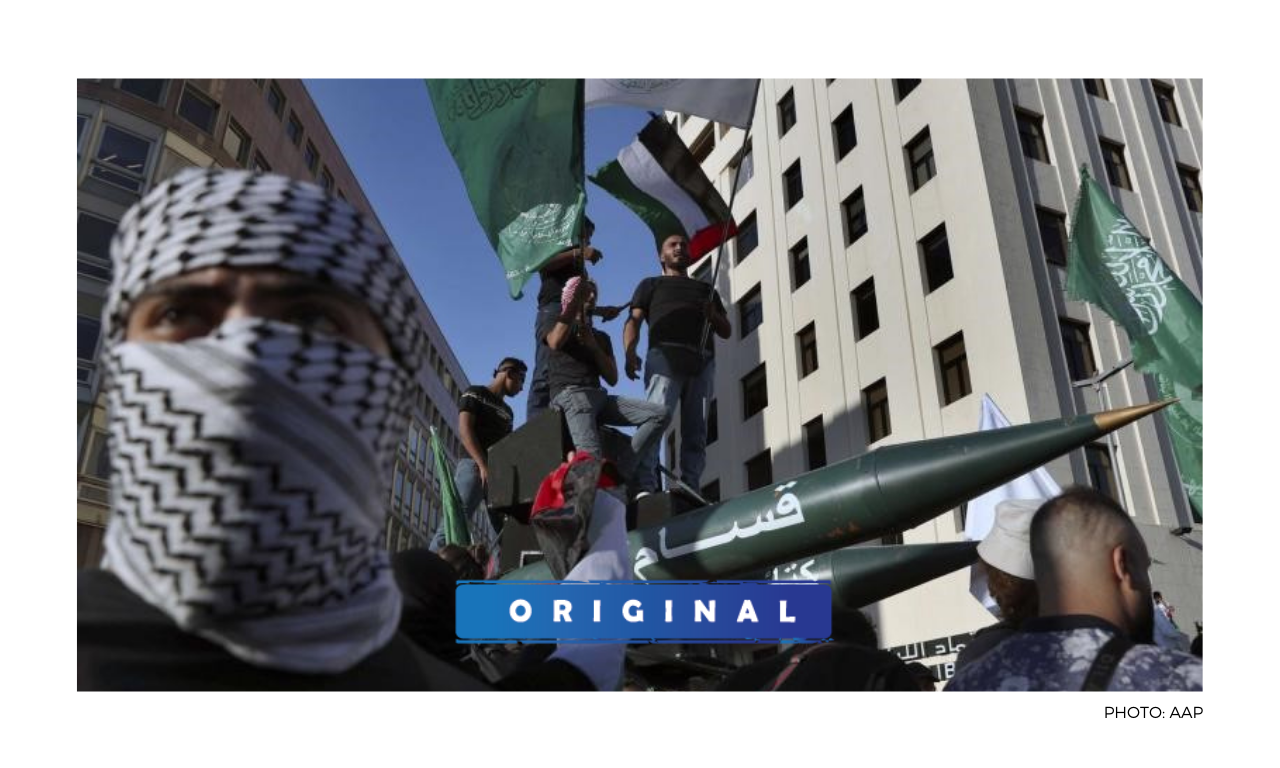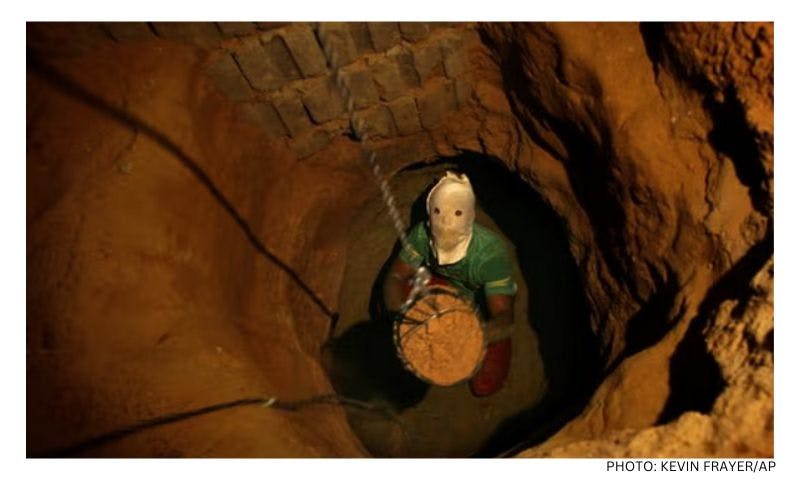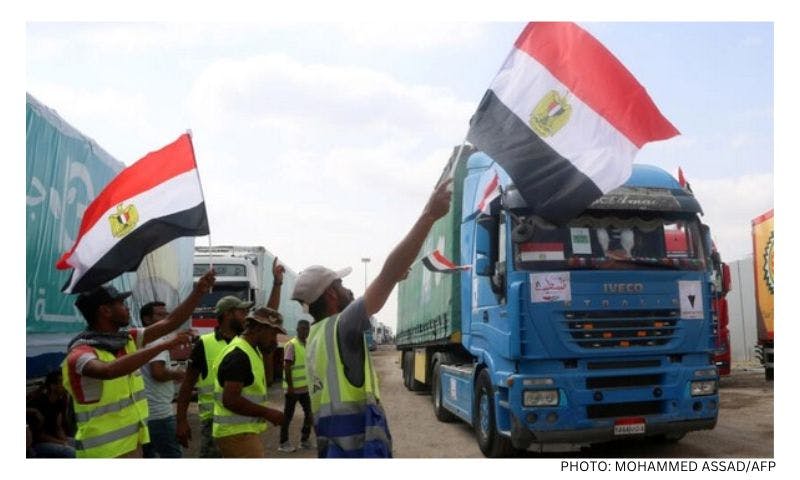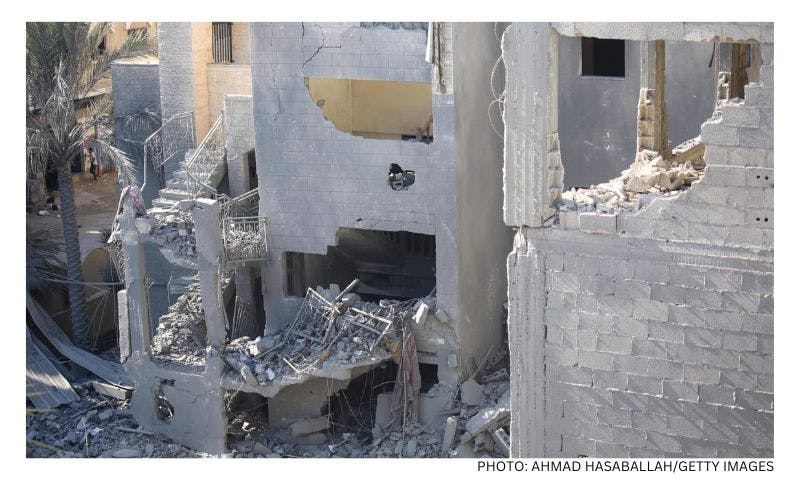Published: 28 May 2021
Last updated: 4 March 2024
COLIN SHINDLER: The salient difference in each episode is that the Islamists in Gaza, supported by Iran, produce missiles with longer range and heavier payload
THE RECENT CONFLAGRATION between Israel and Islamists in Gaza follows a depressingly, familiar pattern. It begins with a spark, deliberate or unintentional, and expands to rockets and warplanes. The international media presents a balanced view at first, which depicts the tragedies and sufferings of both sides. Israel's military might then gains an edge and the focus of the media shifts to the deaths of children and the rubble of bombed buildings.
The conflict is then transformed into a race in which both sides strive to make the best use of the time left before a ceasefire is struck.
For Hamas, it is to ensure that scenes of horror — of hospitals, of funerals, of the bereaved and homeless — reach an international armchair audience. For Israel, it is to degrade as much military hardware as possible and to locate and eliminate local commanders.
After protracted negotiations, brokered by the Egyptians and Qataris, both sides proclaim victory. For Hamas, it is a public relations one, based on international sympathy for ruined lives. For Israel, it is a military one in the knowledge that this will buy a few years of quiet — before the next round.
In the aftermath, Hamas's leaders both in Gaza and abroad, agree now to be interviewed and proclaim that they are the real leaders of the Palestinian people — and not Mahmoud Abbas, quietly aging in Ramallah.
In Israel, Netanyahu hails the military prowess of the IAF and tries to locate a pathway to utilising the situation so as to resolve the plethora of domestic problems facing him on the political and legal fronts.
The global far Left, in the glory of its superficiality and its passion for selective outrage, stage rallies which colour reactionary clerics as well-intentioned progressives. What matters to them is resistance — and not that Hamas is dictatorial, homophobic, occasionally antisemitic, often anti-Christian and prone to throwing their Fatah opponents off the rooftops of Gaza.
The bombing of Gaza's only Covid testing laboratory and the killing of the doctor who oversaw the response to the pandemic symbolised the futility of this conflict.
As anxious observers in this drama, many Diaspora Jews wring their hands in despair and wonder if there is any way out of this labyrinthine nightmare. It was the bombing of Gaza's only Covid testing laboratory and the killing of Dr Ayman Abu al-Ouf, who oversaw the response to the pandemic at the al-Shifra hospital, that symbolised the stupidity and futility of this conflict.
While all this is a template narrative, what changes in each episode of violence is the advance of technology. In 2006, Hezbollah saturated northern Israel with thousands of missiles, fired from concealed bunkers which had been constructed by the North Koreans.
This induced Israel to start work on the Iron Dome anti-missile defence system in 2007 — the urgency of the situation persuaded many rabbis to grant dispensation to work on Shabbat.
Although it is estimated that only 15% of the missiles reach populated areas, had it not been for the Iron Dome, the number of civilian casualties in this recent round would have been far higher.
The salient difference is that in each new clash, the Islamists in Gaza produce more sophisticated missiles with a longer range and a heavier payload of explosives. They are often named after long dead figures in the pantheon of Islamist martyrs.
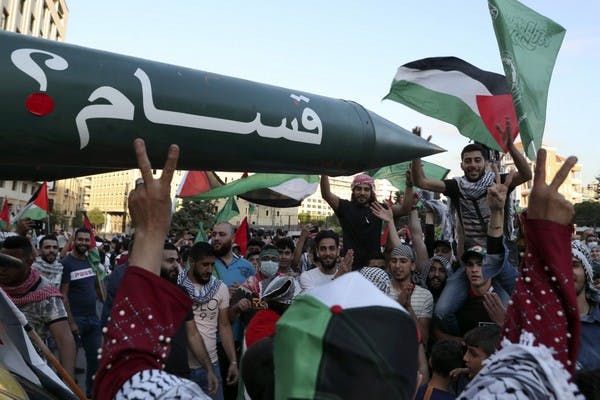
The R-160 which reached Haifa in 2014 was named after Abdel Aziz al-Rantisi, a founding father of Hamas. He was killed in Gaza in 2004 by a missile, fired from a hovering Apache helicopter.
Just a few weeks ago, the new Ayash missile, with a range of 250 km, targeted Ramon airport in Eilat. Yahya Ayash 'the Engineer' was the bombmaker who pioneered the use of suicide bombing. He was eliminated in 1996 when he answered his mobile which contained an explosive device.
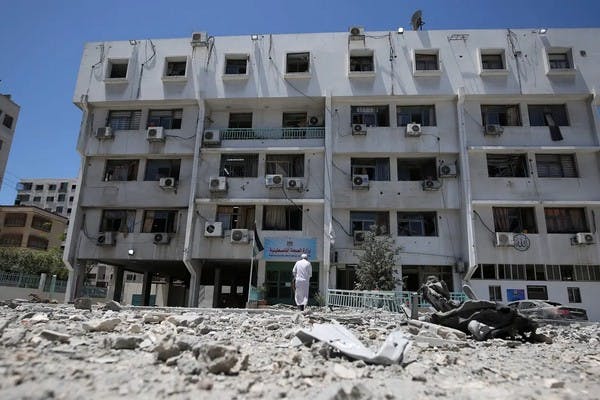
The technological know-how, blueprints and missile components reached the Islamists in Gaza from Hezbollah in Lebanon which in turn received them from Syria and Iran. The Fajr-3 and Fajr-5, based on an original North Korean design, has been improved by Iranian experts and delivered to Hamas. While there are different versions of the M-302 which is manufactured in Syria, the latest can carry up to a 170 kg payload.
The M-302 is also known as the Khaybar — the site of a battle in 628 when the Prophet defeated the Jews in Arabia. This, in itself, testifies to the belief that the Islamists see the Jews of the seventh and twenty-first centuries as one and the same — a religious war without end.
After the cessation of hostilities, the Hamas leader, Ismail Haniyeh, came out of seclusion in Doha, Qatar and attacked “the illusion of normalisation”. He essentially ridiculed the establishment of diplomatic relations between Israel and the UAE and Bahrain in the Gulf.
Haniyeh's point was that the conflict in Gaza demonstrated that the problem of the Palestinians could not be ignored and moved to the periphery. In the same sentence, Haniyeh thanked Tehran “who did not hold back with money, weapons and technical support”.
Unless there is an outbreak of ideological pragmatism by Hamas, conflict with Islamists may well be the shape of things to come
Since the first Qassam missile, with a very limited range, was fired over the fence at Sderot in 2001, Iran has attempted to build up a network of routes into Gaza to supply both missile technology and parts. In this the regime of Omar al-Bashir in Sudan had played a crucial role. Iranian arms have arrived at Port Sudan, taken in convoys into Egypt, smuggled into Sinai and passed through tunnels to militants in Gaza.
In March 2009, Tehran's Defence Minister signed several agreements with the Sudanese authorities which allowed the Iranians to operate freely in the country. Later that year, a convoy of trucks, presumed to be carrying Fajr missiles, was attacked by unmarked drones. In October 2012, the Yamouk munitions factory in south Khartoum was decimated by unidentified aircraft.
In 2014, an Israeli naval force boarded the Klos C in the Red Sea en route to Port Sudan. It had sailed from Bandar Abbas in Iran, docked at Umm Qasr in Iraq and was laden with long range missiles, mortars and 400,000 rounds of ammunition suitable for Kalashnikovs. The missile parts were concealed in bags of cement.
All this illustrates the race between Israel to close illicit points of entry into Gaza and Hamas's determination to open new ones.
Political events in the region have a ripple effect which reach the arms workshops of Gaza. In the chaos, following the fall of Gaddafi, new possibilities for Hamas opened up to acquire Libyan missiles. The fall of the Muslim Brotherhood government in Cairo in 2013 was followed by tighter Egyptian security in Sinai by the al-Sisi regime and the digging of a deep-water buffer zone on the Egyptian side of the Gaza border.
The mysterious killing of Palestinian missile engineers in Malaysia and Tunisia provide a parallel to the periodic killing of Iranian nuclear scientists.
Despite the Israeli bombing of Iranian bases and arms depots in Syria, Iranian intentions seem to be directed towards eventually opening up a missile war on two fronts — Hezbollah in the north, Hamas in the south.
While there is much to be said for sweeping away both Netanyahu and Abbas and replacing them with innovative new leaders, Hamas is defined by faith and not by the European Enlightenment and the decolonisation of empires.
Unless there is an outbreak of ideological pragmatism by Hamas, conflict with Islamists may well be the shape of things to come. Rifts between the political and military echelons of Hamas offer the hope of a hudna. But as we also know, a hudna, a truce, is not a sulh, a resolution.
READ MORE
The rockets Hamas fired at Israel reflect the success of Gaza's military industry (Haaretz)
The recent barrages fired at Israel appear to have changed the balance of power somewhat – something that has won the recognition of some Israelis
After cough-filled speech, Israeli military hints Nasrallah may have COVID (AP)
Defence officials mock Hezbollah leader: Instead of being threatening, his televised address made him seem weak and infirm
After cease-fire, Israel prepares for next round of Gaza conflict (Al-Monitor)
BEN CASPIT: Seniors in the political and security echelons are convinced that the current cease-fire with Hamas does not mean quiet for a very long time
Photo: Palestinians in Lebanon carry replica rockets during a march in support of Palestinians, in Beirut on May 18. The Arabic word on the rocket reads "Qassam." (AP/Bilal Hussein)
